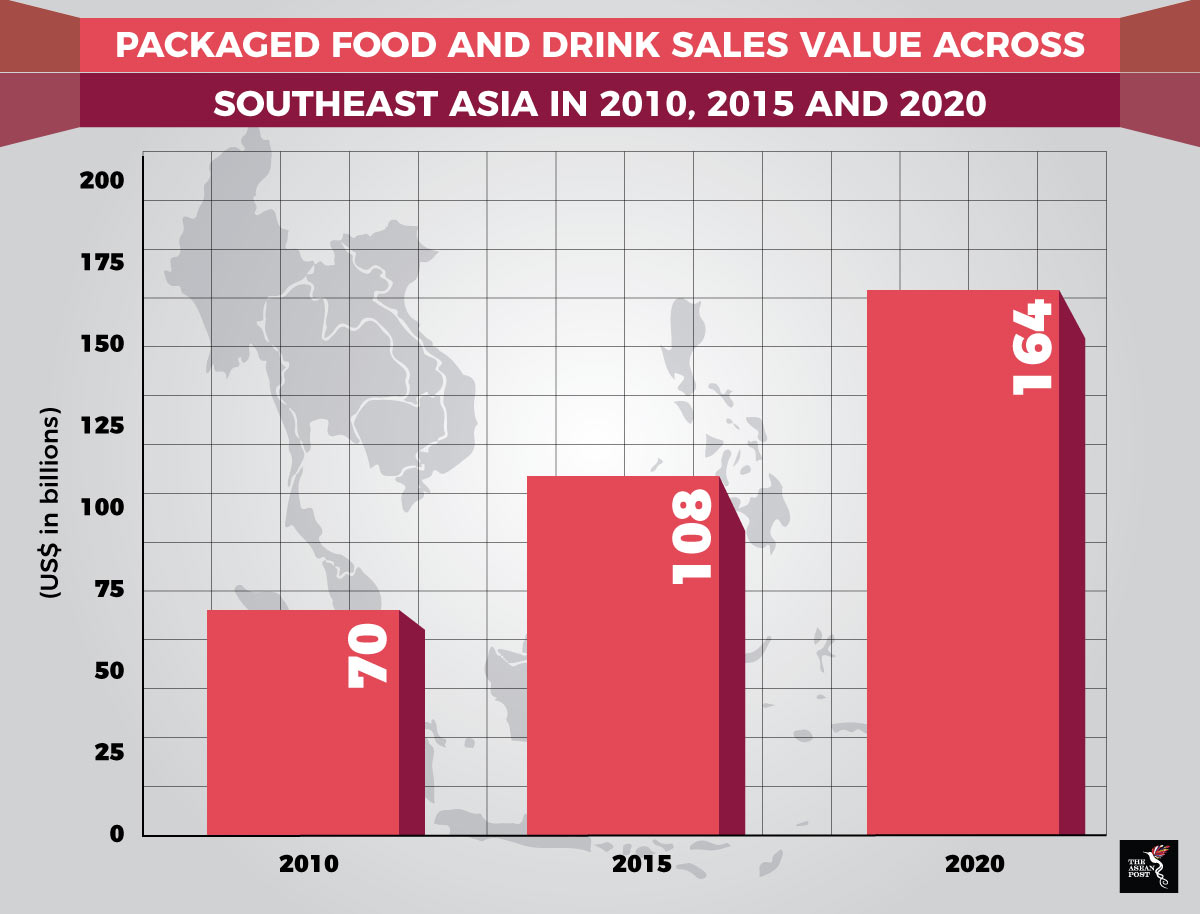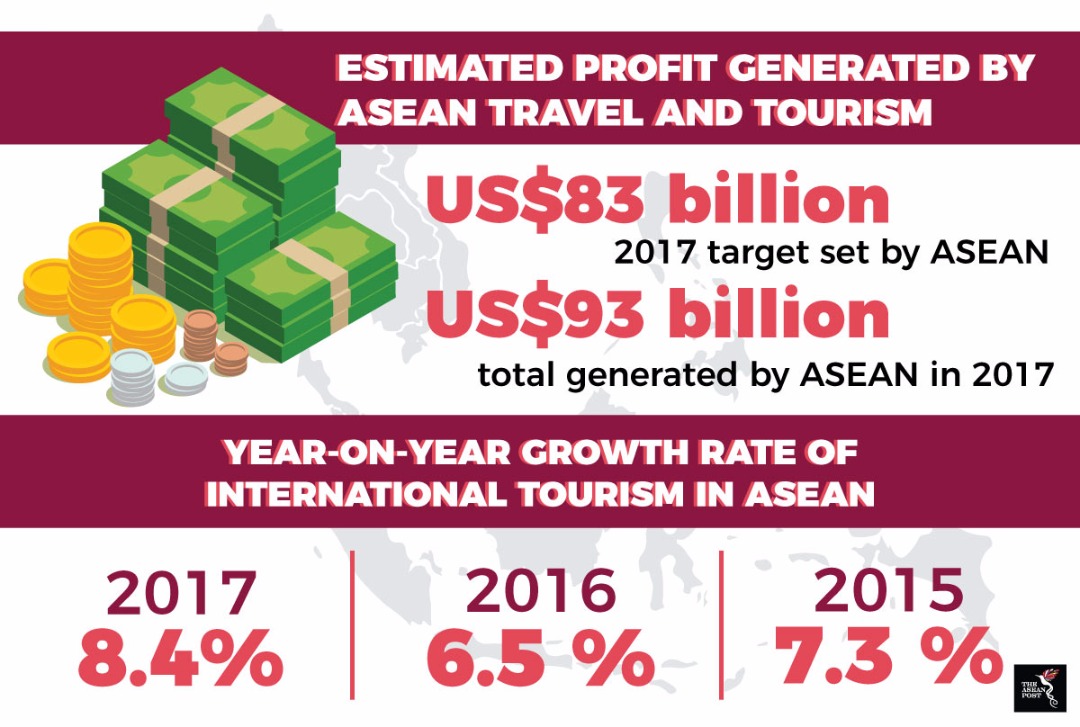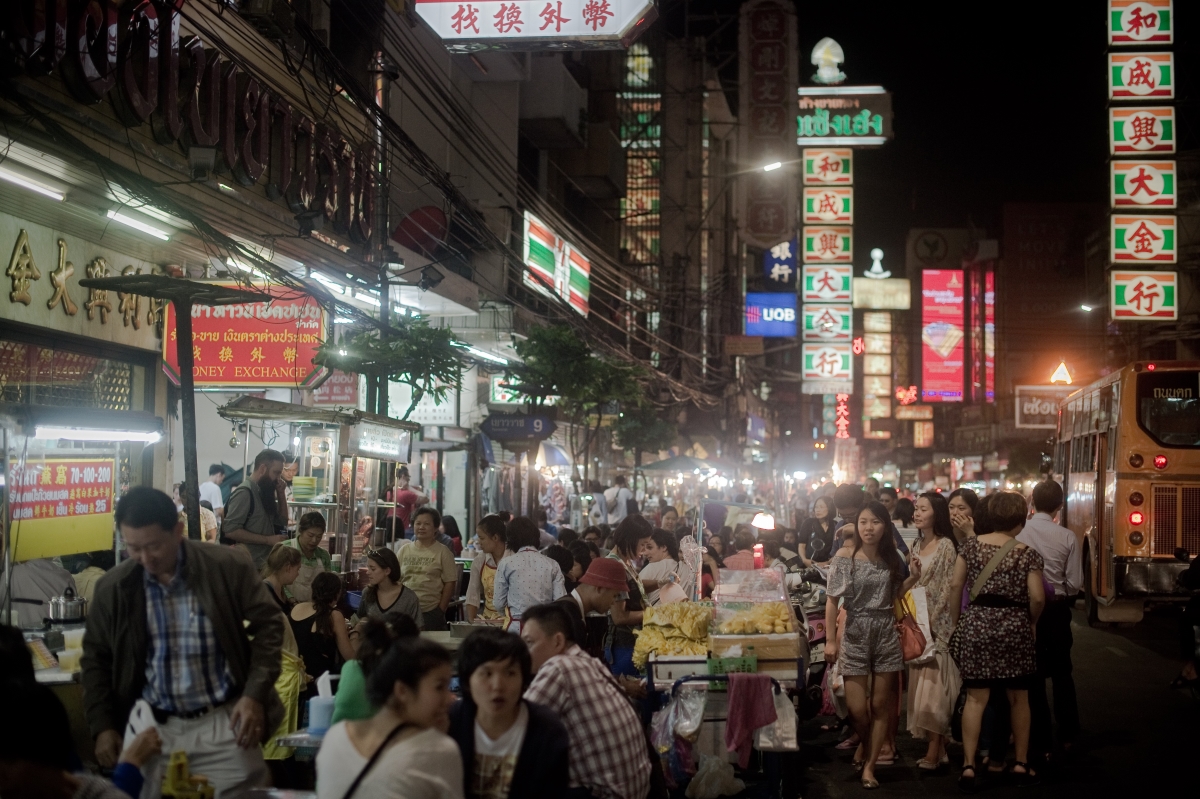From the bizarre looking balut in the Philippines to the hearty bakso in Indonesia, Southeast Asia is a food haven, a gastronomical paradise unlike any other. A microcosm of Asia, cuisine in the region is very much influenced by recipes from China, India, and the Middle East, among others. ASEAN’s food industry, be it in line with production and/or tourism, has grown over the past decade with more traction coming from advertisements and international exposure by means of food expos and meetings of a similar nature.
The recent 37th ASEAN Tourism Forum (ATF), witnessed the region’s Ministers of Tourism express optimism in food tourism and a strong desire to grow the sector this year and into the future. Emphasis has been placed on the food industry as a catalyst for tourism in the region. Central to the meeting was the adoption of the Joint Declaration on Gastronomy and Tourism at the ASEAN Gastronomy Conference. With the theme ‘The Future of Food: Turning ASEAN Tradition and Craftsmanship into Sustainable Gastronomic Tourism’, the declaration looks to build a platform where knowledge sharing can take place with regards to the different types of food in the region and the way it is prepared.
The declaration reads; “Gastronomic tourism helps to create a strong sense of place for branding and marketing destinations, and also assists in maintaining and preserving local heritage and identity and protecting biodiversity”. The indication of heritage and identity through food is relatable to many and can be seen from local buffets at 5-star hotels to the ubiquitous street food vendors in capitals across the region.
ASEAN is one of the most lucrative agricultural baskets in the world. According to latest figures available from Invest ASEAN, the region produced 129 million tonnes of rice, 40 million tonnes of corn, 171 million tonnes of sugarcane, 1.44 million tonnes of soybean, and 70.34 million tonnes of cassava. These numbers are expected to have increased over the past couple of years. Rice production alone is projected to rise by 3 percent to 132.87 million tonnes.
The Great Mekong Sub-region is home to Myanmar, Thailand, Lao PDR and Cambodia. These countries have adequate water supply and lowland locations for agriculture of a tropical slant. Emphasis has also been placed on internal transportation routes to facilitate the movement of agricultural products and food. In this instance, food tourism is not merely limited to bazaars but is extended to the mechanisms that are put in place in terms of its production.
The potentially lucrative food tourism industry today could provide a considerable boost to the economies of Southeast Asian countries moving forward.

Source: Statista
Events and gatherings
Preliminary travel and tourism data attained from 2017 and shared at the meeting among ASEAN tourism ministers revealed that 125 million international tourists visited Southeast Asia last year. This impressive number is indicative of growth of up to 8.4 percent in the sector from 2016. Such a situation does justice to the various initiatives and infrastructures that have been put in place by ASEAN member countries to boost this lucrative industry.

Source: Various sources
An example of such an initiative is the ASEAN Food and Cultural Festival that was held in Ho Chi Minh City last year. In conjunction with ASEAN’s 50th anniversary, the Executive Committee of the city's Women Union organised the aforesaid event that saw tourist arrivals from other Southeast Asian countries and beyond.
After its initial success last year, the International Durian Cultural Tourism Festival in Malaysia will be made an annual affair. “Durian is no longer just the king of fruits but its position has been elevated as an item of diplomacy between Malaysia and China. In fact, tourists from China are also visiting Bentong (in the state of Pahang) to enjoy the Musang King (a type of durian that is found in the country),” said Liow Tiong Lai, Malaysia’s former Minister of Transport during an interview.
To reiterate, ASEAN member states aim to present their countries as a collective hub for food tourism. The potential for growth is immense given the support and resources channelled into this sector as a whole.
